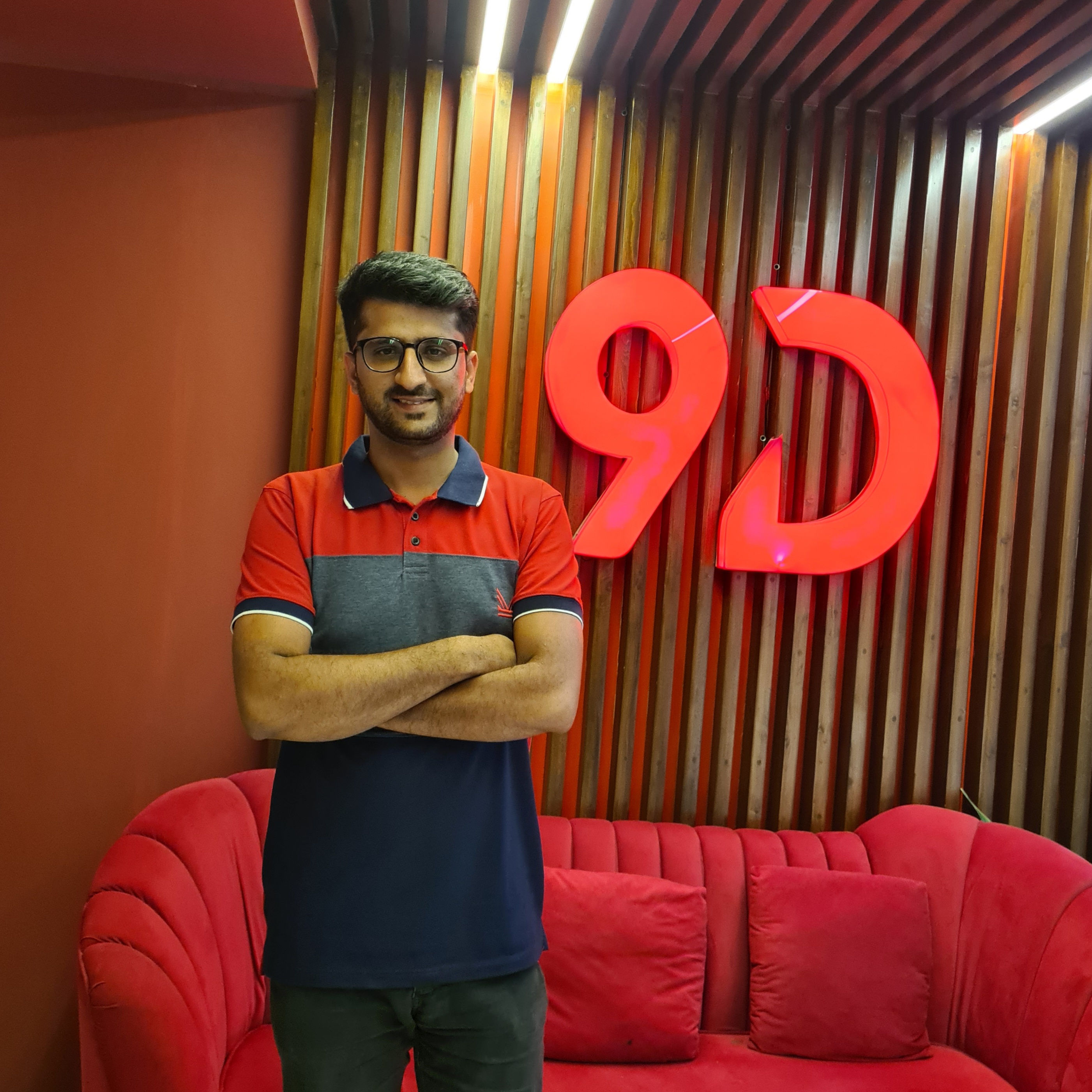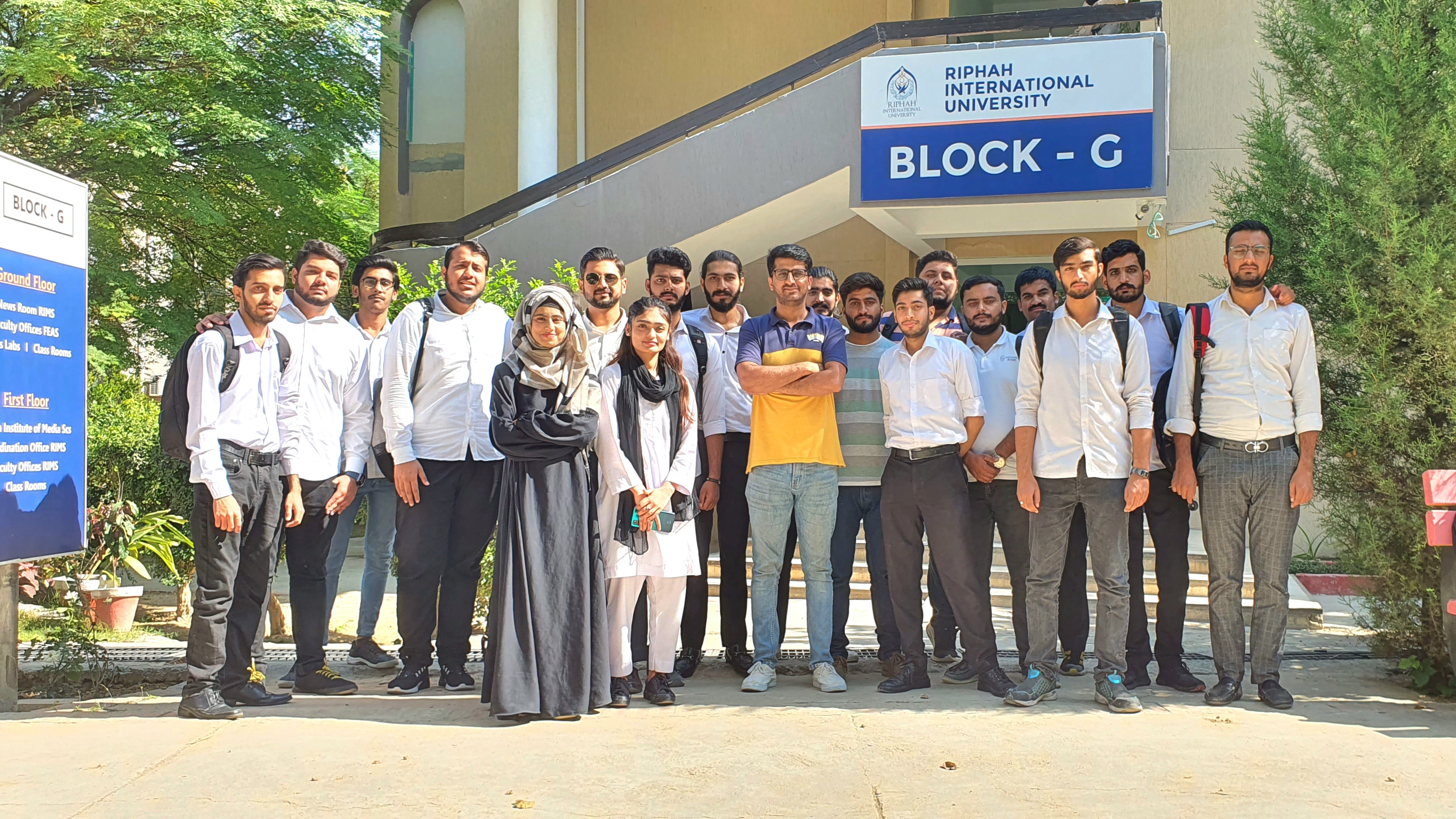People are now seeking opportunities in the game industry more than ever!
Saad Mehmood finished Digital Learning Games master program in the School of Digital Technologies some years ago. Today he is sharing best practices gained in Tallinn University with his students in Riphah International University, Islamabad. Lecturer of the course "Game Design and Production" proudly mentions that the game industry is getting very popular in his hometown nowadays!

Saad, how did you start your studies in Tallinn University’s School of Digital Technologies?
After completing bachelor's degree in Computer Science in 2015, I started working as a Game Designer & Planner at Absologix Solutions company. Although the journey was full of new experiences in the game industry, I still wanted to pursue my studies in the same field. It was then when I found out about master's program in Digital Learning Games offered by the School of Digital Technologies in Tallinn University.
Which main thing of the study program caught your eye mostly?
The entire program structure was thoroughly designed for those who are looking to get their education in digital technologies especially in designing games and game based learning techniques. Moreover the modules of the whole program were quite comprehensive, especially the interaction design, which was also my favorite. After that course I started to concentrate on the User Interface and User Experience.
Have you worked on some interesting projects during your study years? Please tell a little about them.
During my studies at Tallinn University, I have worked on numerous individual and group projects. The most significant was the LIFE (Learning in Interdisciplinary Focused Environment) project, which was focused on the problem-based learning: in the frame of this project students had to collaborate with each other and come up with solutions for a specific problem. We have created a prototype of a vibro-centric sensory vest which was designed to help the logistic workers to carry the heavy items in the best possible body posture. Except that we had also designed prototypes of a few other projects which were solely proposed to find the best possible yet interactive practices.
Now you are working as a game plan and design lead at "9D Technologies" in Rawalpindi, Pakistan. Please tell what exactly do you do there?
In 9D Technologies I am responsible for leading a team of a newly established department "New Products (Games)''. My task is to initiate rough game plans and analize how that product will hit the market if it gets published. I have to create detailed Game Design Documents GDDs for each game. Doing responsibilities as a project manager of a game development team and assignments of tasks to the team and checking the validity of the entire Game Development Life Cycle (GDLC),

You are also a lecturer at Riphah International University, Islamabad. Please tell more about what exactly you teach?
At Riphah International University I am delivering lectures to the students of BSc. Game Design and Production. My core responsibility is to teach the concepts of game design, development and production to them. I am trying to give them the maximum knowledge which I got from the highly professional faculty of the School of Digital technologies at Tallinn University. Furthermore I am delivering the concepts about game based learning and its practicality in the gaming industry as well as user experience techniques, user behavior, in-game screen mockups, flowcharts, lo-fi and hi-fi prototyping.
Is there interest towards development of digital games in Pakistan?
Pakistan is growing rapidly in the game industry. If we consider the previous 5 years, the boom in this industry was exceptional. Investors are now seeing this industry as a potential earning opportunity. People are now seeking opportunities in the gaming industry more than ever. Those opportunities are related to game development, designing, modeling, production, marketing and testing. The idea of game based learning and digital learning through games is also getting very popular here.

How do you use skills gained while studying in the School of Digital Technologies in your daily life?
The skills I have got during my studies were related to game mechanics, elements, storyboarding as well as user behaviour 's evaluation are helping me daily. Furthermore as a lecturer in game design, development and production at Riphah International University, I am delivering the ideas in a fun and interactive way for the students. I am following the teaching methods that were used by my teachers in the School of Digital Technologies, especially Martin Sillaots, Mikhail Fiadaou and Vladimir Tomberg. Also outside my professional life, the communication skills I developed during my studies are quite helpful while interacting with people.
Which features should a good digital game have?
A good game must have clear storyline, goals and challenges for the user to achieve. Another feature which is important is the reward system: how the game is designed so that the rewards are planned exactly according to the user’s expectations. Now the world is moving towards metaverse so the interaction between the game and its user is becoming more intensive.
What problems do you see in the digital world nowadays and how can we solve them?
As I was a DLG student I paid attention to the fact that the world sees games mostly as just a tool for fun and leisure time activity, without any concept of learning. The reason for that is the lack of exposure to digital technologies as well as with games. If I take my home country Pakistan and if I relate the exposure of games here, there are almost close to zero instances where the games can be considered as a part of curriculum of the students in schools and colleges.
What is your favorite digital tool?
My favorite tool is FIGMA as it makes designers’ life much easier. Figma allows you to create designs for mobile games’ user interfaces, mobile application user interfaces and web interfaces. Moreover one can use it not only to design but also to prototype interactions, animate transitions and to create flowcharts.